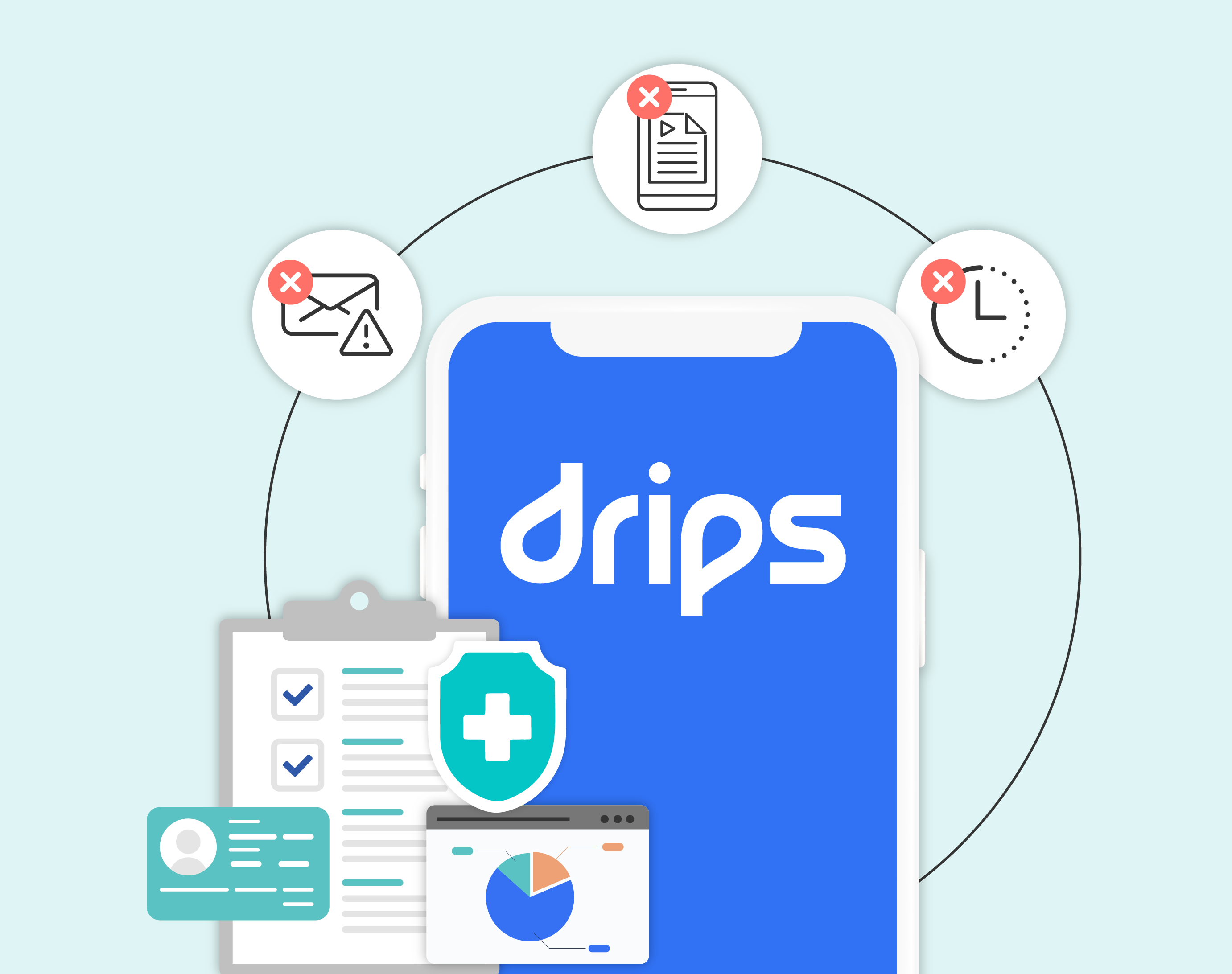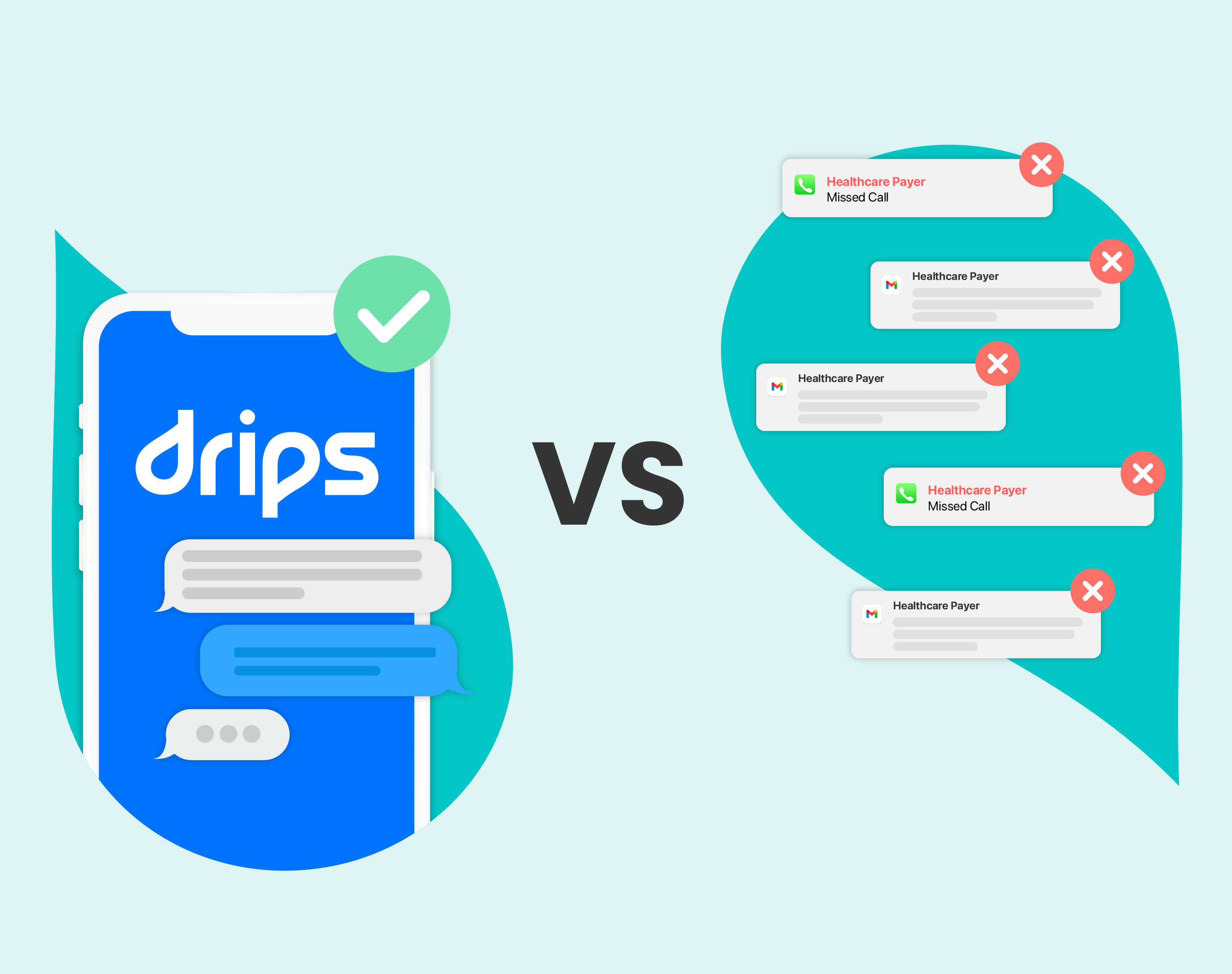The History of SMS Marketing
Have you ever wondered how SMS (Short Messaging Service) marketing evolved into what it is today? As technology continues to advance, it's important to understand the context and origins of the marketing strategies we use.
In this blog post, we will explore the past of SMS, from its predecessors in mobile messaging to its emergence as a powerful marketing channel. By delving into the history, we can gain insights into the present state of SMS marketing as well as its future potential.
Predecessors In Mobile Messaging
Before the advent of SMS messages, there were various forms of mobile messaging that laid the groundwork for its development. One notable predecessor was pager messaging, which allowed users to reach one another or send short messages no matter where they were. While limited in functionality, pager messaging introduced the concept of sending brief communications via mobile devices. Pagers were also a milestone in allowing consumers to always be connected with a device right in their pocket — or clipped to their belt.

Another precursor to SMS was the early mobile email systems. In the 1960s, MIT's CTSS MAIL became the first true email system, enabling users to send messages electronically (Multicians). This laid the foundation for the concept of instant communication via mobile devices, helping prepare the way for SMS messaging.
Emergence Of SMS
SMS has its origins in 1984. The concept for SMS was developed by inventors Friedhelm Hillebrand and Bernard Ghillebaert as part of their work on the GSM standard for telephone communication.
Despite the technology being described in 1984, the first text message wasn’t sent until December 3, 1992. Selma Group developer Neil Papworth sent the greeting "Merry Christmas" to his colleague Richard Jarvis. At the time, cellphones were not designed to type out and send individual letters of the alphabet. Papworth sent his historic greeting to Jarvis' phone from a computer keyboard (Mobivity).

Throughout the 1990s, SMS became more widely available on mobile phones, allowing the general public to send and receive text messages. Initially, SMS was primarily used for personal communication between individuals. However, businesses soon recognized the potential of SMS as a direct marketing channel. SMS marketing offered a unique opportunity for businesses to connect with their customers directly on their mobile devices. Early adopters of SMS marketing saw success by leveraging this new communication channel to promote their products and services.
SMS As A Marketing Channel
A few more advancements helped unlock the potential of SMS for marketing. In 1999, SMS messages gained compatibility across network providers. Now almost any consumer could reach any other using text messaging.
In 2003, short code texting was launched. Short codes were designed for large scale messaging by businesses. They use numbers shorter than a typical 10-digit number that were meant to be easy to remember by consumers. Short codes are able to send messages much faster than long codes, which are limited to one text per second (SMS-Magic).
One of the earliest uses of mass texting that many will remember is “American Idol.” Starting in the second season of this music competition phenomenon, viewers could vote for their favorite singer by texting “VOTE” to a seven-digit number.
Although some brands are now moving away from short codes to 10DLC texting, short codes were a huge advancement in the mid-2000s. With all the technology in place, SMS marketing began to take off and reach larger and larger scales.
Evolution Of SMS Marketing
As SMS marketing gained popularity, it underwent significant evolution. Businesses began to develop more sophisticated strategies to maximize the effectiveness of their SMS campaigns. Integration with other marketing channels, such as email and social media, became common practice. This allowed for a cohesive and coordinated approach to marketing, ensuring consistent messaging across different platforms.
Advancements in technology played a key role in the evolution of SMS marketing. Software developers created tools and platforms that enabled businesses to personalize and target their SMS messages based on customer preferences and behavior. This level of customization increased engagement and drove higher conversion rates.
As strategies and technologies evolved, the impact of SMS marketing continued to grow. In 2013, the global SMS messaging business generated an estimated $240 billion (Portio Research). By 2017, the mobile industry reached $1.05 trillion in revenue (SlickText).

Present State Of SMS Marketing
In the present day, SMS marketing continues to thrive as a powerful marketing channel. Let’s look at some statistics and examples that highlight its prevalence and effectiveness.
Text marketing is incredibly effective in terms of reach. A typical industry estimate is that SMS open rates reach as high as 98%. Additionally, one industry source has found 90% of people open a text within three minutes. Even better, they also found that people respond to text messages within just 90 seconds (PC Mag).

Successful SMS marketing campaigns in recent years further illustrate the impact of this channel. Brands have utilized SMS to deliver personalized promotions, reminders, and time-sensitive updates. By leveraging the immediacy and accessibility of SMS, businesses have been able to engage with their customers in a direct and meaningful way. Let's look at a few successful campaigns.
Texting Gives A Skincare Brand A Glow-Up
Peace Out Skincare first began using SMS text messaging in mid-July 2019. Between August and October of that year, SMS accounted for between 18% and 34% of its sales. Text message marketing brought in over $150,000 in revenue. At the time, the company had over 15,000 SMS subscribers and its conversion rate for texts was an impressive 35% (Glossy).
Don’t Skimp On Engagement (Or Guacamole)
Using SMS isn't new for Chipotle. The fast casual restaurant chain has launched several successful campaigns that used text messaging. In 2020, their Boorito Halloween Event went all digital to accommodate COVID-19 safety measures. During the event, fans had to find special keywords on Chipotle’s social media posts. Then, fans could text the keywords to a short code number to win one of 500,000 free burrito coupons. It was a great example of how brands can take a multichannel approach using both SMS marketing and social media (Reach).
Why Is SMS Marketing Popular Today?
SMS marketing has grown quickly since the 1990s and has found its place as a major part of the marketing landscape. It’s a cost-effective strategy that allows businesses to directly reach their audience without barriers. As we mentioned above, SMS messages have higher open rates than emails, giving any marketing message high reach. Plus, SMS marketing enables businesses to establish a more personal connection with their customers, leading to increased brand loyalty and customer satisfaction.
However, there are also challenges associated with SMS marketing. Regulations have increased since the early days, including laws like the TCPA and guidelines set out by groups like TCR and the CTIA. Businesses must be mindful of best practices to comply with regulations and to ensure that their SMS campaigns provide value and don’t become intrusive.
Looking Ahead
Reviewing the history of SMS marketing, it’s clear that this channel has come a long way. From its humble beginnings as a niche personal messaging tool, SMS has transformed into a major marketing channel that drives sales, boosts engagement, and helps businesses grow. The present state of SMS marketing showcases its effectiveness and continued relevance in a digital world.
In the next blog post, we will explore into the future of SMS marketing and explore the potential it holds for businesses. Stay tuned to learn about the latest trends, technologies, and strategies that will shape the future of text message marketing.









